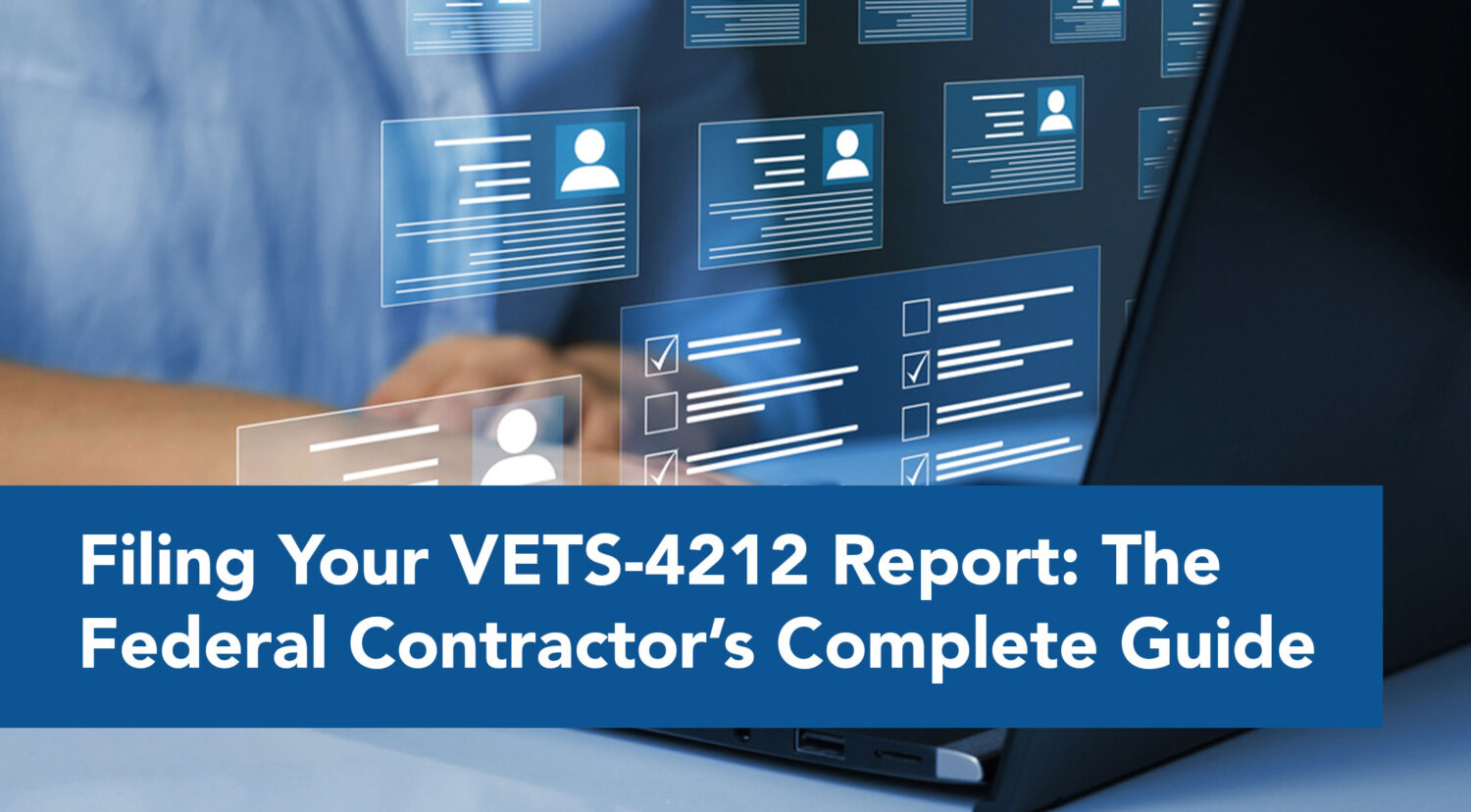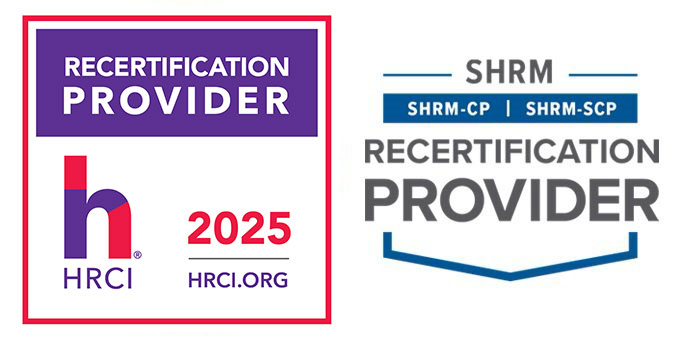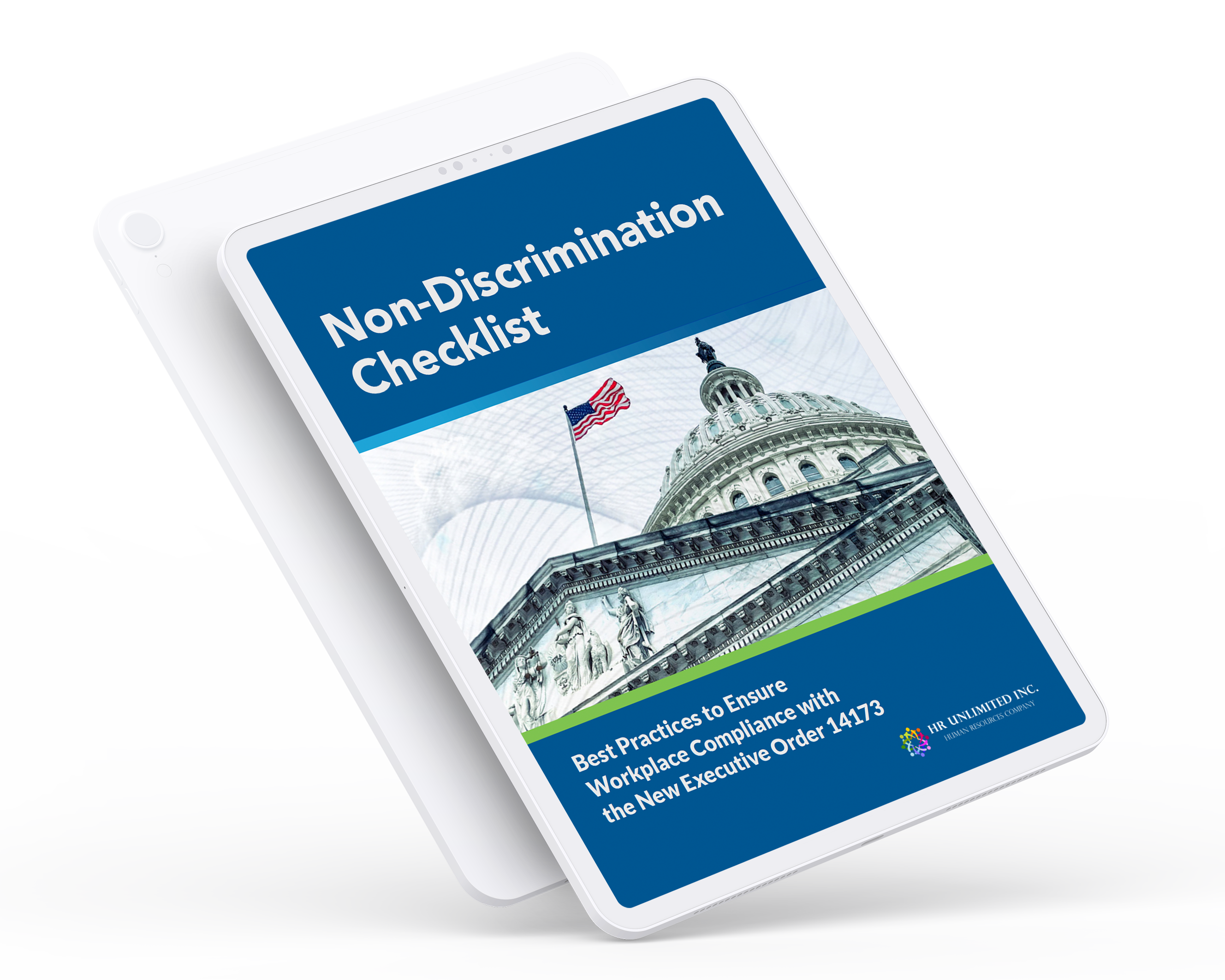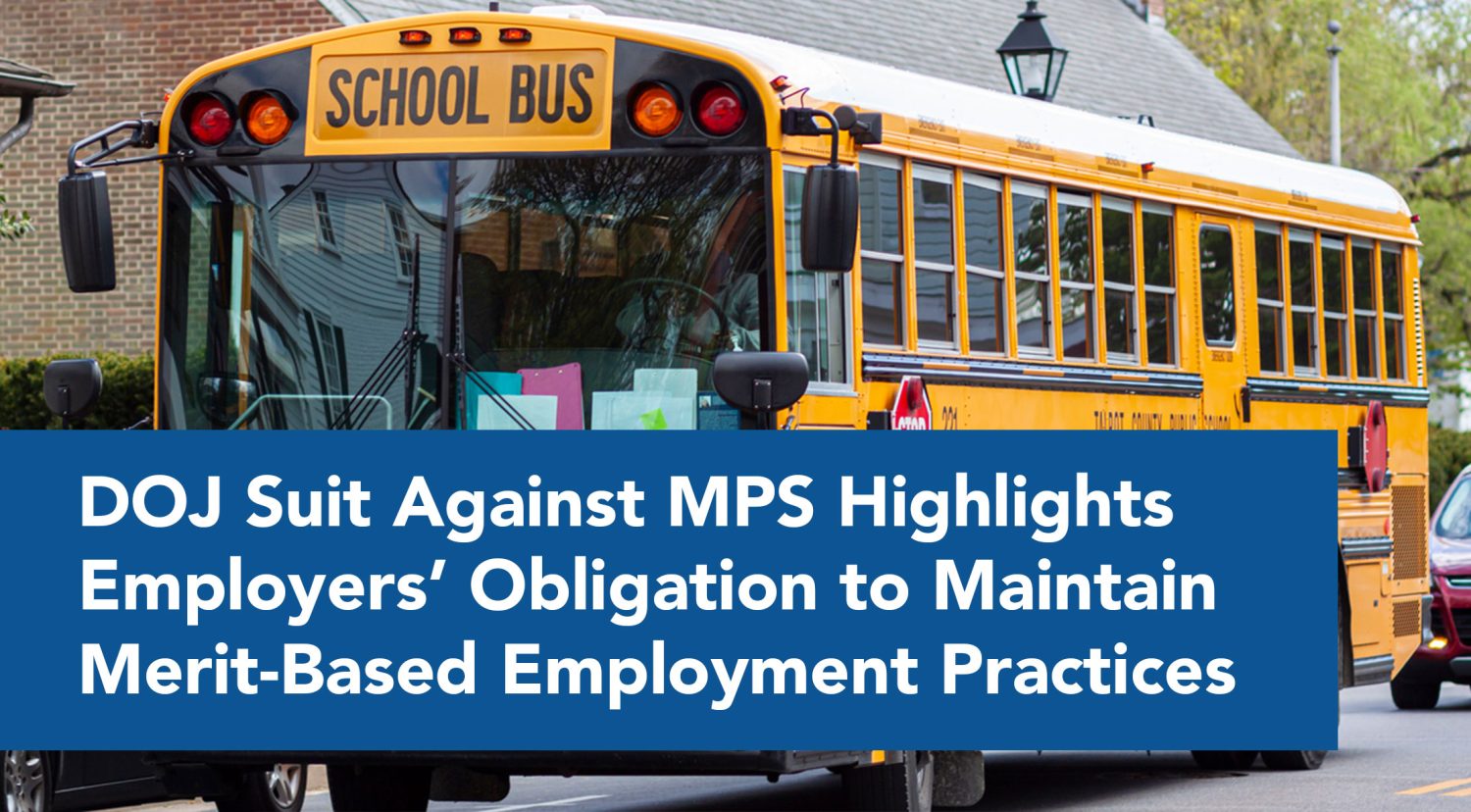

If you’re a federal contractor or subcontractor, you probably already know that compliance is essential to protecting your contracts and avoiding costly penalties. One of the most important annual compliance requirements is filing the VETS-4212 report, also known as the Veterans’ Employment Report. This reporting obligation, overseen by the U.S. Department of Labor’s Veterans’ Employment and Training Service (VETS), plays a critical role in tracking veteran employment among federal contractors and ensuring compliance with the Vietnam Era Veterans’ Readjustment Assistance Act (VEVRAA).
In this guide, we’ll walk you through exactly what the VETS-4212 is, who must file it, what information it requires, and how to avoid common filing mistakes.
What is the VETS-4212 Report and Why it Matters
The VETS-4212 report is the federal government’s way of collecting data on the number of protected veterans working for federal contractors and the number hired over the past 12 months. This information helps monitor compliance with VEVRAA, which was designed to ensure that veterans, particularly those with service-connected disabilities, are given equal employment opportunities.
For contractors, the report isn’t just a legal obligation, it’s also a way to demonstrate your organization’s commitment to employing those who have served. Done correctly, it can strengthen your reputation as a veteran-friendly employer while keeping you in good standing for future federal contracting opportunities.
Who Must File the Report
Filing is mandatory for any federal contractor or subcontractor with a federal contract of $150,000 or more, regardless of whether the contract is for goods or services. If you meet this threshold, you must file every year, even if you have no veterans currently on staff.
Understanding “Protected Veterans”
Under VEVRAA, the term “protected veteran” covers several categories of individuals
- Disabled veterans, who receives (or would receive if not for military retired pay) compensation from the Department of Veterans Affairs, or who has a service-connected disability or was discharged because of it.
- Recently separated veterans, meaning those who left active duty within the past three years
- Active duty wartime or campaign badge veterans, who served during a war or in a campaign/expedition with an authorized campaign badge
- Armed Forces service medal veterans, who participated in military operations and received an Armed Forces service medal
Accurately classifying employees into these categories is key to filing a correct report and avoiding audit triggers.
When and How to File
The VETS-4212 filing window runs from August 1 through September 30 each year. You’ll need to choose a “snapshot” date within the past 12 months for which you’ll collect and report workforce data.
Reports are submitted electronically through the VETS-4212 Reporting Portal. You can enter the information manually or upload it as a bulk file if you’re reporting for multiple establishments or large workforces. Once submitted, keep copies of your reports and supporting data for at least three years to be ready for potential audits.
What Information is Required
The VETS-4212 report asks for detailed data on your workforce and hires, including:
- The number of active employees by job category
- The number of new hires within the past 12 months by job category
- Each active employee and new hire’s Protected Veteran status
Getting this data right matters. Errors in reporting can result in compliance reviews and potential penalties.
The Risks of Non-Compliance
Missing the filing deadline or submitting incorrect information can have serious consequences. Late filing can result in fines, loss of contract eligibility, or even debarment from future federal contracts. Inaccurate data may trigger audits that consume significant time and resources, not to mention the potential reputational damage.
Why Compliance is Good for Business
Beyond avoiding penalties, consistent VETS-4212 compliance can help you:
- Build your brand as a veteran-friendly workplace
- Gain a competitive edge when bidding for contracts
- Use workforce data to improve veteran recruitment and retention strategies
Compliance with VEVRAA and the VETS-4212 requirement signals that your organization values diversity, equity, and inclusion, while also fulfilling legal obligations.
The Bottom Line
The VETS-4212 reporting requirement isn’t just another box to check. It’s an opportunity to affirm your commitment to those who have served while complying with federal employment standards.
To help you stay on track, we’ve created a step-by-step VETS-4212 Compliance Checklist that outlines what you need to collect, prepare, and report.
You can also join our free upcoming VETS-4212 webinar on August 20 at 10:30 AM PST designed to give you the tools and knowledge you need to file the VETS-4212 report with confidence.
You will learn:
- Who is required to file the VETS-4212 report
- What data must be collected and reported
- How to identify and report on Protected Veterans
- Step-by-step instructions for filing online
- How to avoid penalties and loss of contract eligibility
If you need assistance preparing your VETS-4212 report or reviewing your compliance processes, HR Unlimited Inc. can help you navigate every step with accuracy, efficiency, and peace of mind.




